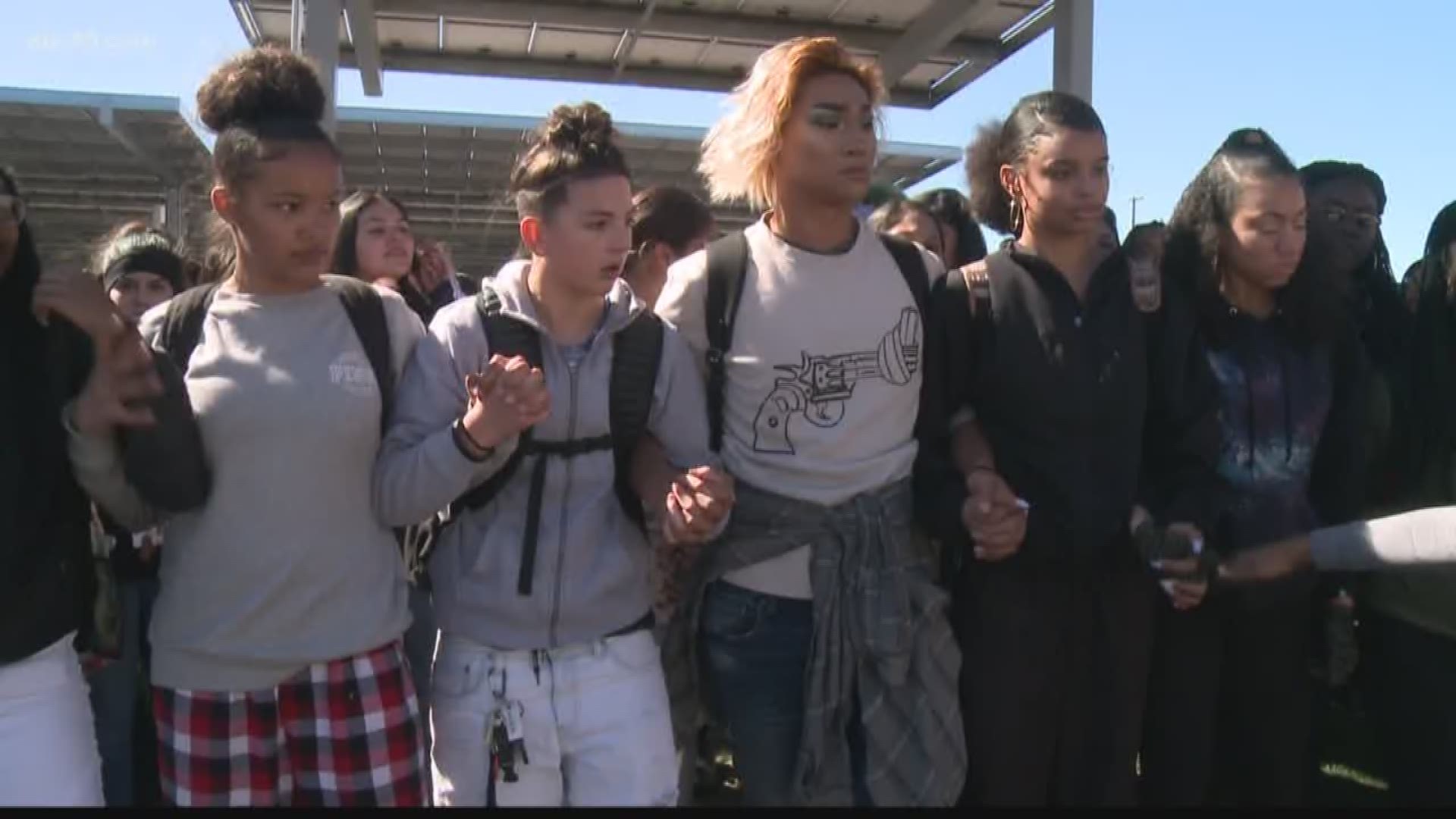While students have the right to free speech, there are limits to what has historically been considered acceptable by courts.
First Amendment cases by the Supreme Court have ruled on what students wear, vulgar speech, and even the student papers. While courts have supported free speech for students in public schools, they have also recognized the ability for schools to take action on speech that is disruptive.
The issue revolved around students wearing a black armband as part of a protest to the Vietnam War. Even though the principal of the school warned that the students would be suspended, the students did it anyway.
It became a court case that was escalated to the Supreme Court, ultimately won by the students, and led to a popular quote from Justice Abe Fortas, who said, “It can hardly be argued that either students or teachers shed their constitutional rights to freedom of speech or expression at the schoolhouse gate.”
Key points:
- By wearing armbands, the students were considered quiet and passive. They did not disrupt or impact the rights of others because of this the conduct was considered protected under the First and Fourteenth Amendment.
- The Supreme Court held that First Amendment rights were available to teachers and students.
- Without evidence that a rule is needed to avoid disturbance of school discipline or impact the rights of others, prohibiting expression of opinion is not allowed under the First and Fourteenth Amendments.
While Tinker showed how schools could not take actions on student speech that was not disruptive, the Fraser case showed that schools could take action on students whose speech was considered disruptive.
When a high school student nominated a fellow student for a student-elective office, the student used “elaborate, graphic, and explicit sexual metaphor” to refer to the other student. It resulted in a suspension and carried into a court case that went to the Supreme Court.
Key points:
- The court held that the First Amendment did not stop the school district from disciplining the student for giving a “lewd and indecent speech” at the assembly.
- While adults cannot be prohibited from making offensive comments, the court found that the same was not necessarily allowed for children in public schools.
- It was considered an appropriate function for public schools to prohibit vulgar and offensive terms. School rules about obscene language and warnings about the speech from teachers were considered adequate warning to the student.
This case presented another example of a school's ability to mitigate student speech. In this case, the issue was a matter of censorship.
Supreme Court Justices found that the First Amendment rights of students were not violated when school authorities prevented certain articles from being published in the school newspaper.
The school’s principal considered certain article subjects inappropriate. One article was on stories of divorce and another was on teenage pregnancy. Concerns were expressed over journalistic fairness in the articles, protection of anonymity, and the topic of teen pregnancy not being suitable for younger audiences.
Key points:
- The Supreme Court decided that the school principal’s actions to prohibit inappropriate articles did not violate the First Amendment rights of students.
- Being a school-sponsored paper, the school had an interest in preventing published articles that were considered inappropriate.
- The paper was also not considered a public forum where everyone could share their views; it was a determined to be a limited forum where students could fill the requirements of their journalism class.

